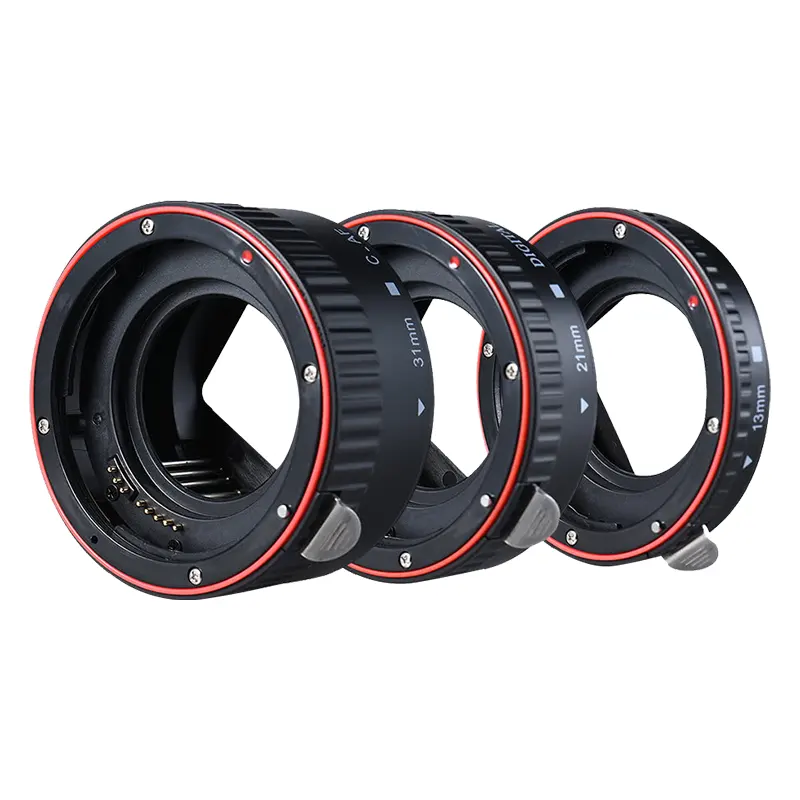

Time:2025-05-24 Views:1

Macro lens adapters are essential accessories for photographers and researchers who require high - magnification imaging. However, these adapters are often exposed to impacts during handling, transportation, or in the field, which can affect their performance. Understanding and enhancing the impact - resistance acceleration capabilities of macro lens adapters is crucial for maintaining image quality and ensuring the longevity of the equipment.
Impact - resistance acceleration refers to the adapter's ability to withstand sudden changes in acceleration forces without suffering damage or degradation in performance. When an impact occurs, the adapter experiences a rapid acceleration, which can cause internal components to shift, lenses to misalign, or mechanical parts to break. To improve the impact - resistance acceleration of macro lens adapters, the design of the adapter's structure is of utmost importance.
A robust and rigid structure is the foundation for high impact - resistance acceleration. Macro lens adapters are typically made from materials such as aluminum, brass, or high - grade plastics. Aluminum and brass offer excellent strength and durability, making them popular choices for high - end adapters. The adapter's body should be designed with a thick and solid construction, minimizing thin or weak sections that are prone to deformation under impact. Additionally, internal bracing and reinforcement can be added to support the lens mount and other critical components. For example, using a honeycomb - structured internal frame within the adapter can distribute impact forces more evenly and reduce the stress on individual parts, increasing the adapter's overall impact - resistance acceleration.
The connection between the adapter and the camera body or lens is another critical factor. A secure and tight - fitting connection can prevent the adapter from moving or detaching during impacts. High - quality bayonet mounts or screw - on connectors with precise tolerances are preferred. These connections should be designed to withstand not only static forces but also the dynamic forces generated during impacts. Some advanced adapters feature locking mechanisms that further enhance the connection's stability under sudden acceleration. For instance, a spring - loaded locking pin can be incorporated into the bayonet mount to ensure that the adapter remains firmly attached to the camera body even during high - impact situations.
In addition to structural design, the use of shock - absorbing materials can significantly improve the impact - resistance acceleration of macro lens adapters. Rubber or silicone gaskets can be placed at key contact points, such as between the adapter and the lens or camera body. These gaskets act as buffers, absorbing and dissipating impact energy, and reducing the transmission of forces to the internal components. Some adapters also feature internal shock - absorbing pads made from materials like foam or elastomers, which provide additional protection for the lens elements and delicate mechanical parts. By optimizing the structure, connection, and use of shock - absorbing materials, macro lens adapters can achieve higher impact - resistance acceleration, ensuring reliable performance even in challenging conditions.
Read recommendations: